#Infrastructure
What's Wrong With This Picture: The State Of The EV Infrastructure Edition
Good news! Google Maps will now point you to the nearest “electric car charging station” if you search for same, reports CR.
[Google] is working with the National Renewable Energy Laboratory, which is developing a database of available charging stations (known as EVSEs, or electric vehicle supply equipment) around the United States. Installers of EVSEs have the option of having their stations displayed as public. When we were charging the Nissan Leaf at our facility, not a public venue, our chargers showed up on the Leaf’s navigation system; The navi in the Leaf is designed to remember sites at which it had been charged.
The bad news? Well, just look at that map. Unless you live in California, you don’t need Google to tell you where the nearest charging station is, you need a clairvoyant to tell you where one might someday be built. If you’re still struggling to understand why EVs need to be tested on a local level before the federal government spends more money subsidizing them on a national level, look no further.
[UPDATE: The screen grab above is not comprehensive. Surf over Google Maps for a closer look at EV charging stations in your area]
Rear-Drive Holdens Meets Battery-Swap In Australia
For most Americans, the appeal of electric vehicles is somewhat blunted by the fact that they tend to be small, European-style hatchbacks rather than large, red-blooded “American-style” sedans. But what if large, rear-drive electric sedans were developed, using battery-swap technology that could allow battery-leasing business models and instant range-extension? Might Americans rethink a few of their long-held stereotypes about EVs?
Well, the United States isn’t the only nation facing this dilemma, and unlike the US, Australia is actually doing something about it. Australian automotive suppliers, Air International, Bosch, Continental and Futuris, have teamed up with Project Better Place to develop seven “proof of concept” Holden Commodore-based rear-drive electric sedans that could be the first of their kind [ press release here in PDF] in a joint venture called EV Engineering. The project is part of Australia’s effort to revamp its automotive industry by 2020.
The Battle Of The EV Business Models
Consulting firm Accenture took a look at a number of EV pilot programs in hopes of gaining some insights into how exactly the rise of plug-in vehicles will change the automotive industry, the refueling infrastructure and the customer experience [ full PDF here], and came away with some interesting conclusions. First, the study finds that the market models for plug-ins will vary from region to region. That’s good news for the automakers, as it makes it less likely that they will be forced to comply with standards set by a single firm dominating a global market model. On the other hand, the regional variations in market models (more on the models themselves shortly) will worsen one of the major challenges of plug-in proliferation, namely scale. The study finds that scale, along with cost and grid control are the three factors that pilot programs can not provide insight into, and all three require “creative” solutions. And here’s where business-as-usual in the car business gets blown wide-open: the business models, rather than the vehicles themselves, are where the real competition is. So, what are the models?
Marin County Bans "Smart Grid": Will The EV Market Suffer?
California Legislative Analyst Blasts Public Private Partnership
The California legislature’s Legislative Analyst’s Office (LAO) blasted a public-private partnership deal between the California Department of Transportation (Caltrans) and investors for the development of Doyle Drive. The plan was to give a private company, Golden Link, a 30-year lease on this vital southern route to the Golden Gate Bridge to perform needed renovation to the route. The state would pay the consortium $173 million for finishing the road, followed by $28.5 million in “availability payments” each year the road is open.
What's Wrong With This Picture: The Modern Speedbump Edition
China's Government Worried About Unbridled Auto Industry Growth
If you think China’s auto growth is scary, then you find yourself in rare agreement with China’s central government. China’s 30 (!) major (!) auto makers had a production capacity of 13.59m vehicles by the end of 2009. Chinese bought 13.64m units. This year, it will be much more. By July, Chinese had already made and Chinese had already bought more than 10m units, according to data released by China’s Ministry of Industry and Information Technology.
Chinese buy more than just cars. They have bought (well, leased) enough land, buildings and machinery in order to more than double car output by 2015. With the current expansion and investment plans exercised, China will have production capacity for a mind-blowing 31.24m units by the end of 2015. That according to Chen Bin, head of industrial coordination at the National Development and Reform Commission, the nation’s economic regulation agency.That’s more than six (!) times the U.S. production in 2009, and three times the U.S. auto production in the heydays of 2007. You are not the only one to get worried now. Even China’s NDRC thinks that might be a bit much.
The Charge Of The Light Brigade: Charge EVs, Charge!
Japan appears to be serious about EVs. Evidence: Japan’s increased focus on chargers. The hard part of EVs is not to build them. The tough issue is where to charge them. And how quickly. Whether you live in Manhattan or Tokyo: As a city dweller, you hardly can put a charging station on the street or into the underground parking garage. The average suburbanite in Tokyo already has a hard time just finding a parking space (proof required if you want to buy a car). A charging station? What charging station? So the Japanese are busy building them. No wonder: 67 percent of the Japanese live in cities. (In the U.S.A. it’s even more: 82 percent.) Who’s leading the charge for chargers?
Ford And Taxpayers Giving Away 4,600 EV Home Chargers, Nissan Not So Much
Worried about the high MSRPs on most of the electric vehicles scheduled for launch over the next year? Don’t forget to include the cost of buying and installing a home charging station. Nissan reckons the charger for its Leaf will cost about $2,200, including a home electrical inspection [er, that’s a medical marijuana grow…] and installation. Oh, and it won’t be Nissan coming into your home: Aerovironment, a firm otherwise best known for its Unmanned Aerial Vehicles, has the contract to supply and install the Leaf’s charger. Coulomb Technologies supplies the home charger for Ford’s first EV, the Transit Connect EV, and according to Automotive News [sub], they’re partnering with Ford to give chargers away to the first 2,000 buyers of the electric-drive delivery van. But, as usual with good news in the EV sector, the charger giveaway is actually being funded by tax dollars…
And Now, The Charger Wars
Did you ever arrive in a foreign country, and the plug of your battery-depleted cell phone did not fit? Or worse, it did fit, and the charger went up in smoke? That’s nothing compared to the impending EV disaster. Buy an EV, and you will find yourself between the battle lines of plugs, voltages, and technologies. Imagine the horror: Guided by your GPS, you limp into a charging station on the last watts in your battery, and their round plug doesn’t fit your square socket.
Electric Cars, Gone With The Wind
Ah, the amount of ingenuity electric cars trigger. They need to get charged. Cheaply. They need to get rid of the bad rap that creating electricity isn’t the environmentally friendliest endeavor on this planet. So what about wind power? Comes with its own set of problems. Mitsubishi and the Tokyo Institute of Technology got together and devised a method to use excess wind power to charge electric vehicles while saving the power company gobs of money, a.k.a. the dreaded capex problem. The result? A true wind-wind situation!
Better Place Invades Tokyo
Move over! A Tokyo taxi.
Forget about the crafty Japanese starving off any attempt of honest American companies to penetrate the Japanese market. A true blue American company, founded by true blue American venture capital, goes right for the heart of Japan: Tokyo’s taxi market.
Japan Tackles Electric Car Infrastructure Predicaments. Manufacturers Lower Prices
Japan appears to get extremely serious about all-electric cars. What stands in the way of their success? Apart from the price (we’ll get to that later:) It’s the infrastructure, stupid. Fabricating, fuelling, and fixing an ICE-powered car is supported by an infrastructure that had more than 100 years to grow. Keeping a plug-in running needs an infrastructure to guarantee mobility away from the charger at home. Japan’s Environment Ministry teams up with Nissan, Sumitomo, and other companies to build the infrastructure for electric vehicles, reports The Nikkei [sub].
Begun, The Bike-Car Wars Have
The DOT policy is to incorporate safe and convenient walking and bicycling facilities into transportation projects. Every transportation agency, including DOT, has the responsibility to improve conditions and opportunities for walking and bicycling and to integrate walking and bicycling into their transportation systems. Because of the numerous individual and community benefits that walking and bicycling provide — including health, safety, environmental, transportation, and quality of life — transportation agencies are encouraged to go beyond minimum standards to provide safe and convenient facilities for these modes.
Having spent most of his tenure chiding distracted drivers and hunting down demon-possessed Toyotas, Transportation Secretary Ray LaHood appears to be over the whole car thing. The policy statement above was just one element of his push to put bicycling and other car alternatives on an equal footing to cars in transportation planning, which he recently announced at the National Bike Summit.
South Carolina: Innovative Toll Road Goes Bust
The first public-private partnership toll road established as a not-for-profit corporation has gone bust. The Connector 2000 Association, which operates a sixteen-mile, four-lane toll road linking Interstates 85 and 385 in southern Greenville County, South Carolina, announced last week that it was in default on its financial obligations.
“Traffic on the Southern Connector was inadequate to permit the association to collect sufficient toll revenues to pay debt service on the bonds which came due January 1, 2010,” a Connector 2000 Association statement explained. “The association has been advised that the trustee has made no payment of any such debt service. An event of default currently exists… The association is actively negotiating the restructuring of its bonded indebtedness with the trustee, the South Carolina Department of Transportation (SCDOT), and certain owners of large blocks of the bonds.”






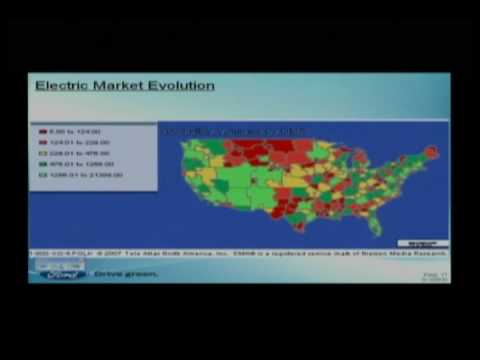
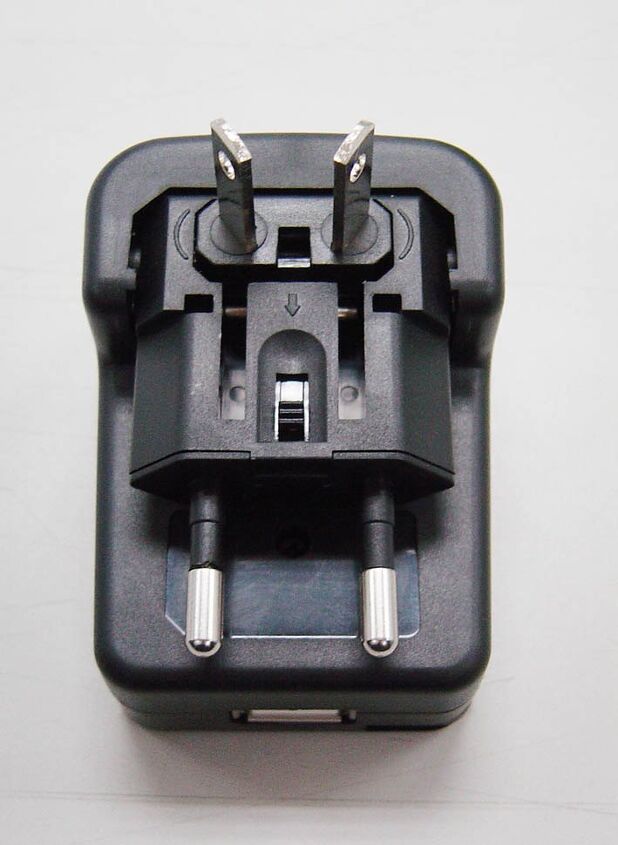
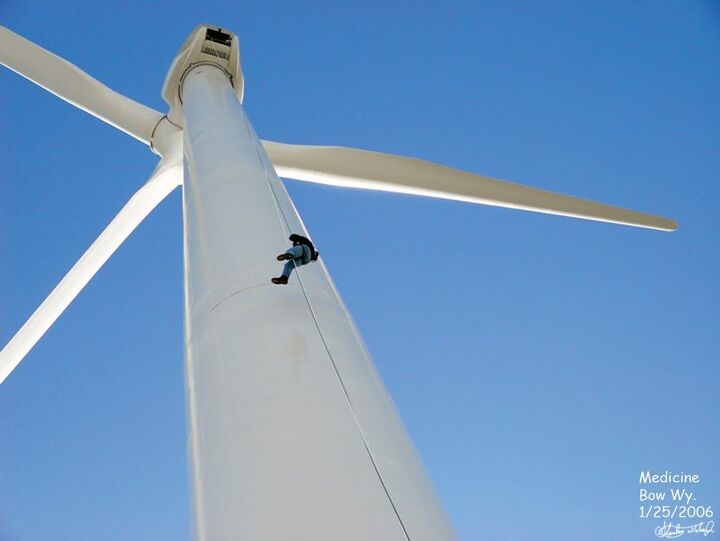
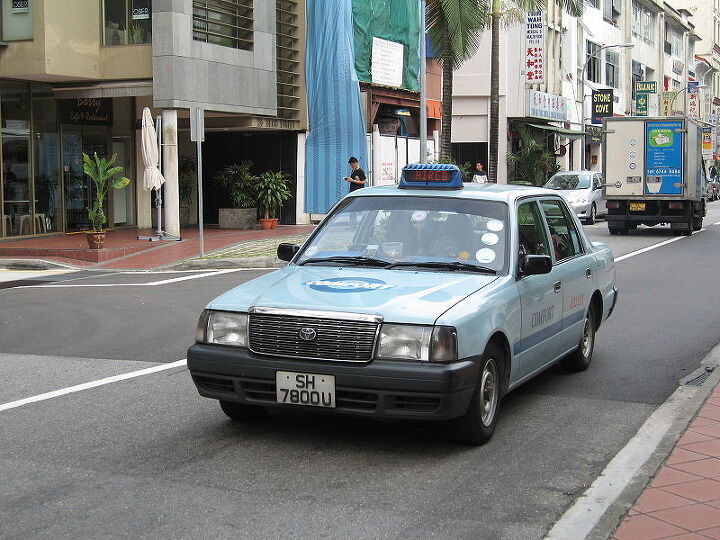
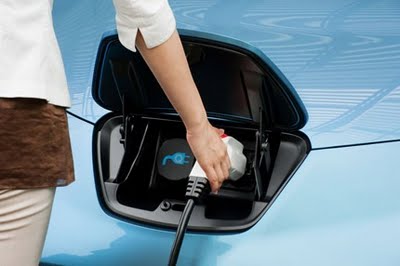

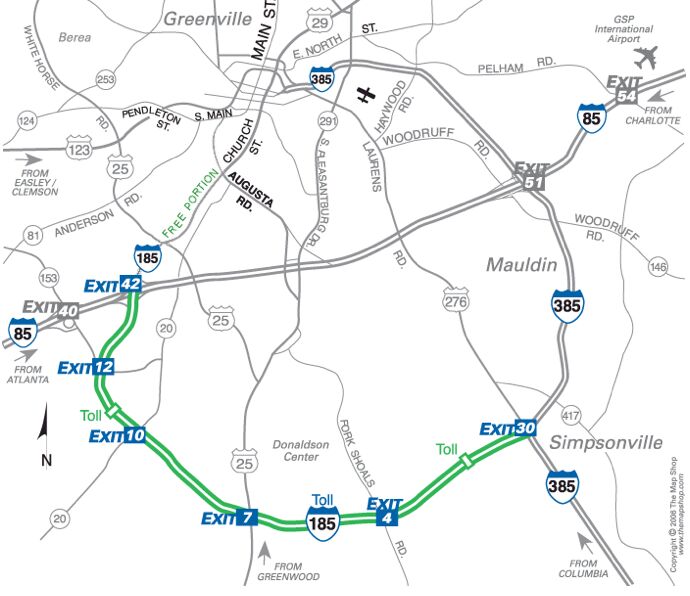












Recent Comments